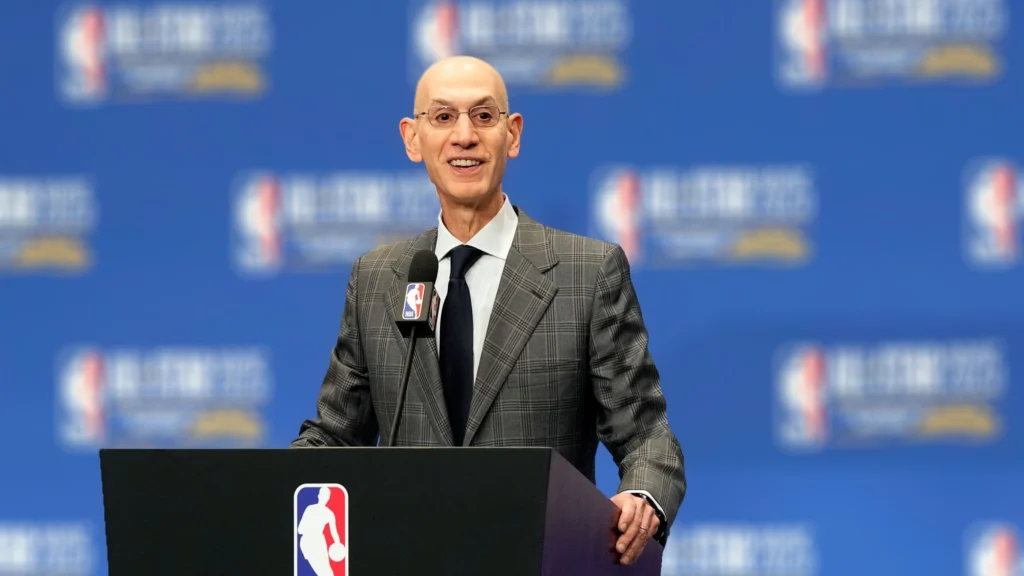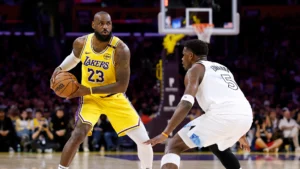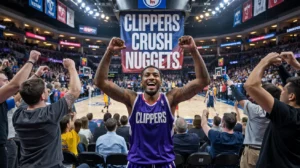
The whispers have become a roar, and the speculation has given way to concrete plans. NBA Commissioner Adam Silver has officially ushered in a new era for the league’s mid-season spectacle, confirming that the NBA All-Star 2026 game in Los Angeles will adopt a groundbreaking “USA vs. World” format. This strategic pivot, a significant departure from recent iterations that have drawn widespread criticism for their lack of competitive fire, signals a renewed commitment to delivering a truly captivating and meaningful event for fans worldwide. The decision reflects a candid acknowledgment that the traditional All-Star blueprint, whether East vs. West or the more recent draft-style formats, had lost its competitive edge, devolving into a glorified exhibition.
The impetus behind this monumental shift is multi-faceted. Chief among them is the desire to inject genuine stakes and a palpable sense of national pride back into a game that, for too long, has lacked both. The recent struggles of the NBA All-Star Game to captivate audiences and inspire maximum effort from its participants have been a constant talking point. Contrast this with the electrifying intensity of international basketball tournaments, where national pride fuels every possession, and the answer becomes clear. Silver and the NBA are keen to replicate that fervor on the All-Star stage. The resounding success of the NHL’s “4 Nations Face-Off,” a recent international tournament, undoubtedly served as a powerful case study, demonstrating the immense appetite for high-stakes, country-versus-country competition within the sports landscape.
The timing of this announcement and the execution of the NBA All-Star 2026 game are also strategically aligned with the league’s new broadcasting agreements. With the All-Star Game slated to return to NBC, the league aims to maximize viewership and capitalize on a broader audience. Furthermore, the decision to play the game during the Milan-Cortina Winter Olympics in February 2026 and shift it to an afternoon broadcast slot speaks volumes about the NBA’s ambition to position the All-Star Game as a prominent lead-in to Olympic coverage. This synergy could potentially draw in a significant crossover audience, further elevating the profile of the event and the league as a whole.
From a player’s perspective, the “USA vs. World” format has already generated considerable excitement. Superstars like Giannis Antetokounmpo, a beacon of international basketball excellence, and the rising phenom Victor Wembanyama have vocally expressed their enthusiasm for such a setup. They argue that playing for national or regional pride would undoubtedly elevate the competitive intensity, transforming what has become a largely ceremonial affair into a fiercely contested battle. The allure of representing one’s country or region, and competing against the best the United States has to offer, promises to rekindle the passion that once defined the All-Star Game. Imagine the narratives that will unfold: the established American icons defending their turf against a formidable international brigade hungry to prove global dominance. This inherent rivalry has the potential to produce truly memorable moments and reignite fan engagement.
However, the implementation of this ambitious new format is not without its complexities. Commissioner Silver himself has acknowledged a potential hurdle: the sheer numerical disparity in the NBA’s player pool. With approximately 70% of current NBA players hailing from the United States, crafting equally competitive rosters for the “USA” and “World” teams will require careful consideration. The league will need to meticulously fine-tune the selection process to ensure both teams are loaded with talent and capable of delivering a compelling contest. Whether this involves adjusting roster sizes, implementing specific selection criteria for international players, or a combination of approaches, the integrity and competitiveness of the game will hinge on these crucial decisions. The goal remains to assemble the absolute best representatives from each side, ensuring a showcase of the sport’s global talent.
The chosen venue for the NBA All-Star 2026 further underscores the league’s forward-thinking approach. The Intuit Dome, the brand-new state-of-the-art home of the Los Angeles Clippers, will serve as the spectacular backdrop for this historic event. This modern arena, designed with cutting-edge technology and fan experience in mind, provides the perfect stage for a revamped All-Star spectacle. The vibrant Los Angeles market, with its deep roots in basketball culture and its global appeal, is an ideal host city for an event designed to celebrate the international reach and appeal of the NBA.
In conclusion, the decision to implement a “USA vs. World” format for the NBA All-Star 2026 game is a bold and necessary step. It represents a proactive measure to address declining interest and infuse the event with renewed purpose and competitive spirit. By tapping into the inherent rivalries and national pride that fuel international basketball, the NBA aims to revitalize its mid-season showcase, transforming it from a mere exhibition into a compelling global spectacle. The challenges of roster balancing are real, but the potential rewards – a more competitive, engaging, and globally resonant All-Star Game – are immense. The stage is set for a truly historic and exhilarating basketball event in Los Angeles, one that promises to redefine the very essence of the NBA All-Star experience.

